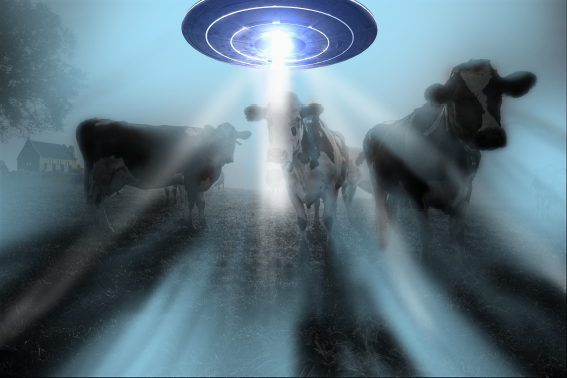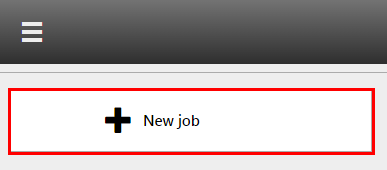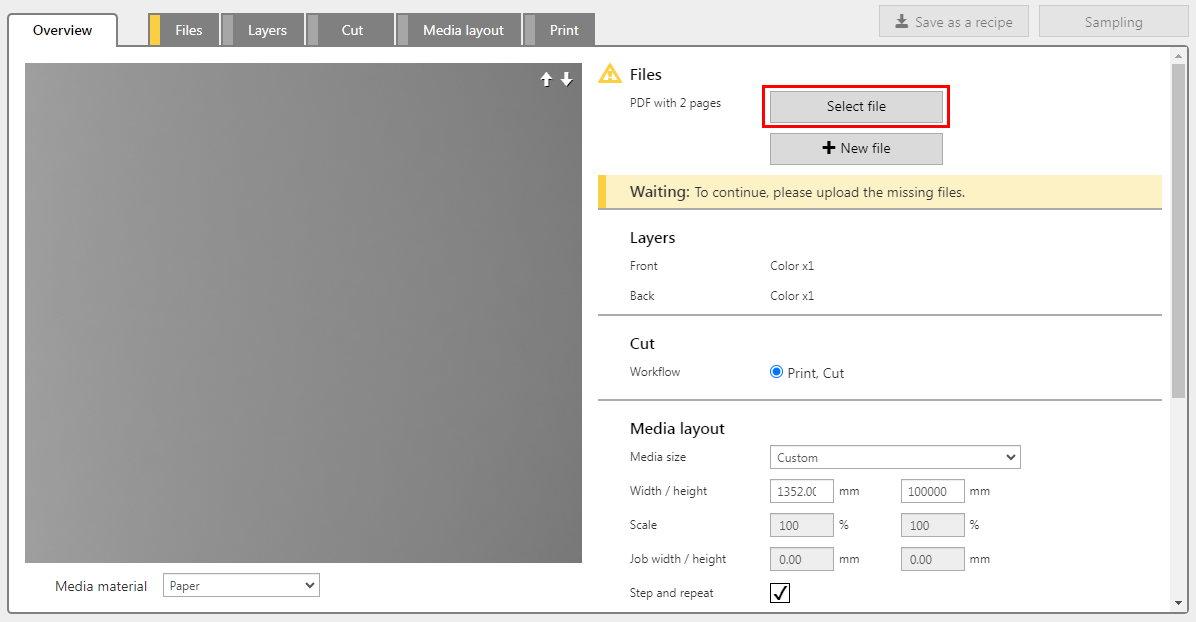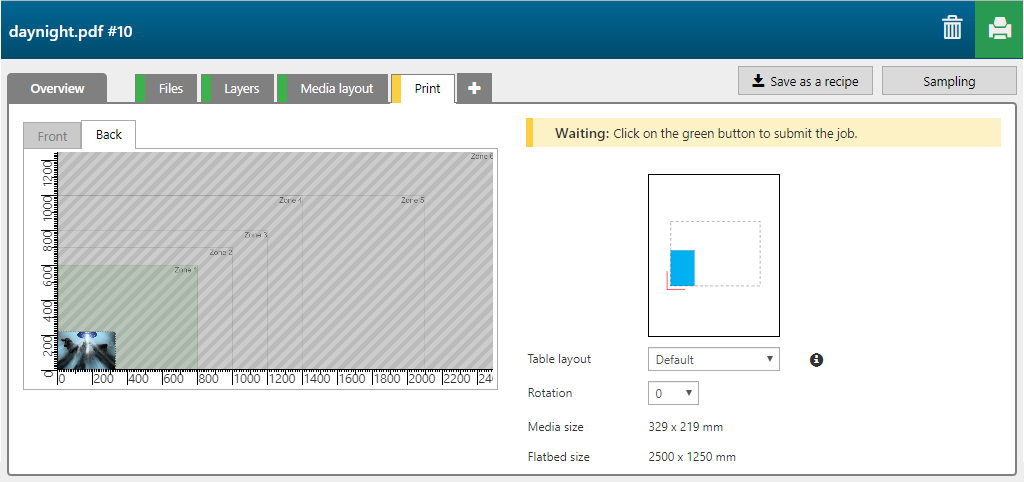

With the [Day/night switch] recipe you can create an application that displays different images during day and when the back light is switched on. A second image is used to selectively block the back light.
In the example below, the 2 page PDF contains the following information.
One page with a color image in daylight view.
One page with a second image to selectively block the back light.




Check / select the settings for:
[Printer]
[Media]
[Print mode]

Your PDF must contain one image that will be used for the Day image and one for the Night image.
The recipe automatically assigns the settings per layer. Check the settings and adjust if necessary.
The [Day/night switch] recipe contains 3 layers printed on the back side of the media.

During the day, the white layer masks the image on the back layer. During the night, when the light is switched on, the white areas in the image on the back layer, allow more light to go through the ink layers, and thus the image is visible on the front now.
|
Layer number |
[Layer name] |
[Layer source] |
[Print mode] |
Remark |
|---|---|---|---|---|
|
[Back] 1 |
2 pages PDF - p1 - Color |
2 pages PDF - p1 |
Quality |
The image in page 1 is printed in CMYK. |
|
[Back] 2 |
2 pages PDF - p1 - Color |
2 pages PDF - p1 |
Quality-Density W only |
The complete shape of the image is printed in white. |
|
[Back] 3 |
2 pages PDF - p2 - Color |
2 pages PDF - p2 |
Quality |
The image in page 2 is printed in CMYK. |

